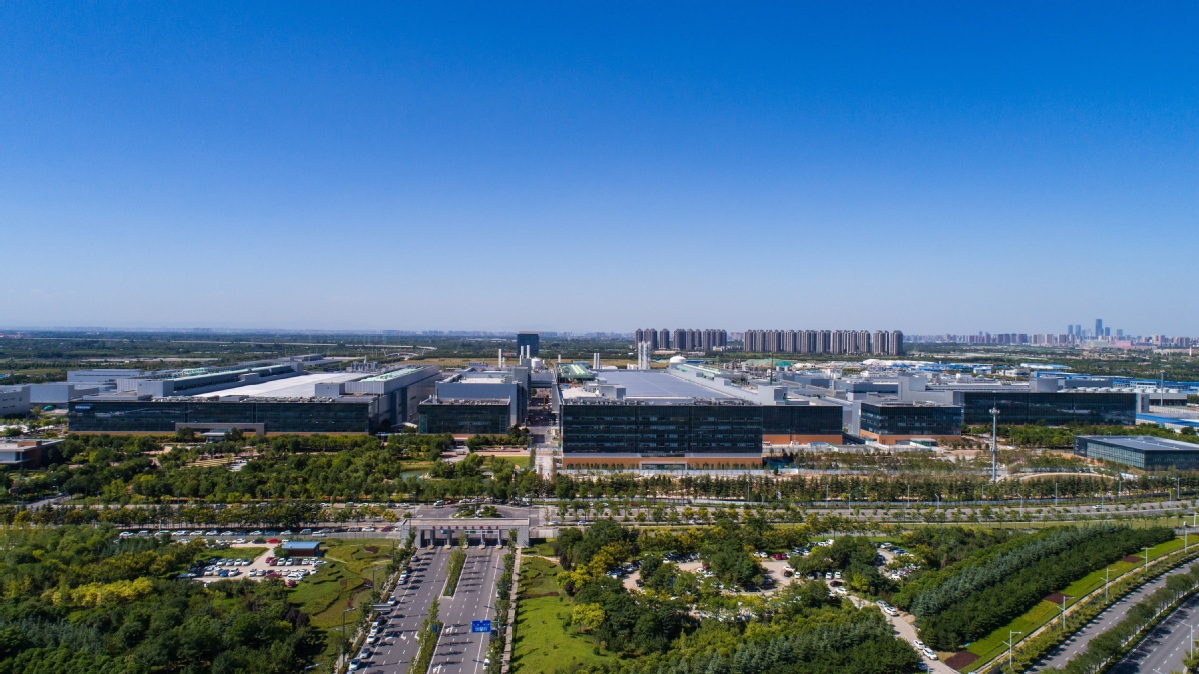Xi’an hi-tech zone plans revival after pandemic

Local officials mulling over stimulus policies aimed at attracting investment from biomedicine and IT industries. Yuan Shenggao reports
While doing a good job in the prevention and control of the novel coronavirus pandemic, the Xi’an Hi-tech Industries Development Zone is considering key measures to restore the economy by launching stimulus policies and attracting high-quality investments, said local officials.
“If we summed up the investment promotion work this year in one sentence, I think it is seize the opportunity,” said Wang Feng, director of the investment cooperation committee of the high-tech zone.
On Feb 23, the zone released the “10 Measures” development plan that focuses on boosting the real economy, strengthening industrial innovation and further attracting investment.
The plan set up a venture capital fund of 10 billion yuan ($1.41 billion) and at least 50 billion yuan in a industrial development fund to attract investment in areas including information technology, high-end equipment, biomedicine, and automobile manufacturing.
Information technology and biomedicine are two pillar industries in the zone.
Wang said that the novel coronavirus has highlighted the role of public health in economic and social development.
In the long run, after the outbreak, sectors such as public health system construction, biopharmaceuticals, remote diagnosis and treatment, fitness and health care, are likely to become areas of growth.
The coronavirus epidemic also shifts people’s work, life and consumption from the real world to the internet.
In the future, information technology related to remote working, e-classrooms and smart cities may gain room for further development, he added.
In recent years, focusing on the real economy and creating a gathering place for high-tech enterprises have been key measures for the industrial development of the zone.
“The real economy is the foundation of economic development. To build a modern economic system, the real economy must be placed in a more prominent position,” Wang said. He added that integrating hardcore technology and the real economy is an inevitable requirement to adapt to high-quality development.
In the process of attracting capital, hardcore technology cannot be separated from the real economy. But more attention should be paid to the scientific and technological content as well as projects.
The zone’s newly released “10 Measures” also proposes to attract leading enterprises in the industrial chain and increase the ratio of local enterprises.
Wang said that leading enterprises can attract upstream and downstream enterprises to gather in their regions. This can not only reduce transportation costs but also help to improve the local matching rate of leading enterprises.
Enterprises that play a leading role in the upstream and downstream of an industrial chain will be rewarded up to 3 million yuan under the “10 Measures” plan.
Wang also introduced three major categories of “inviting business with investors”: research and development, headquarters economy and advanced manufacturing.
As China’s economic development enters a stage of high-quality development, traditional models of investment attraction no longer meet the competition requirements. The role of industrial advantages is increasingly prominent.
Invest in China Copyright © 2024 China Daily All rights Reserved
京ICP备13028878号-6
 京公网安备 11010502032503号
京公网安备 11010502032503号





